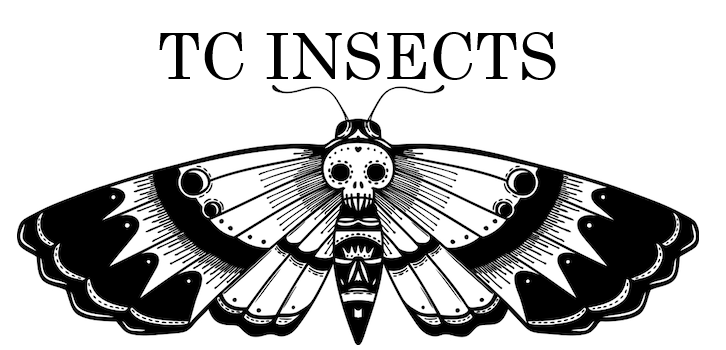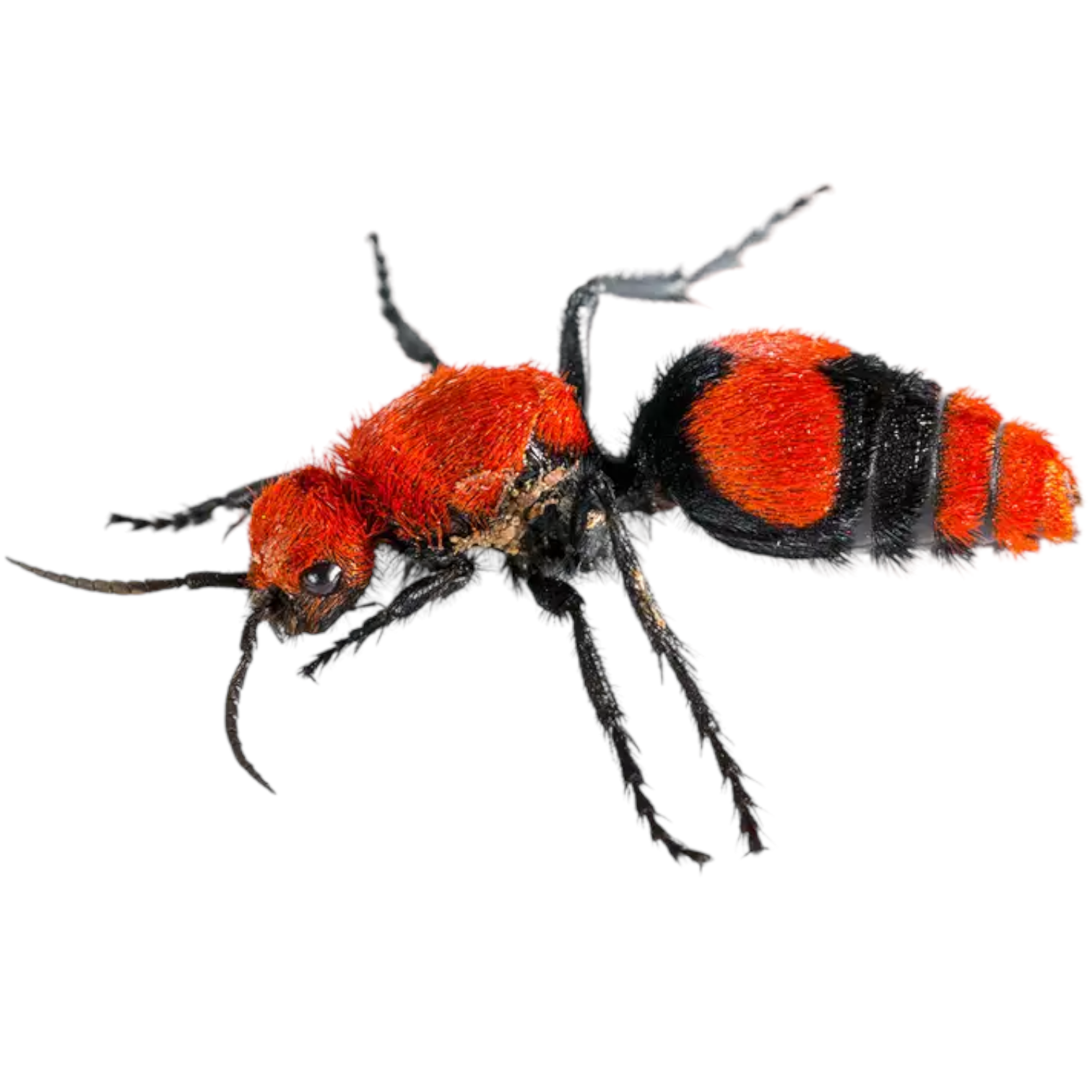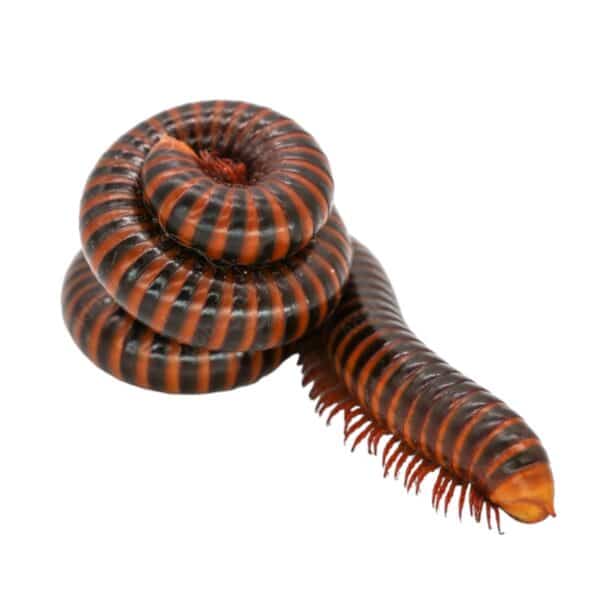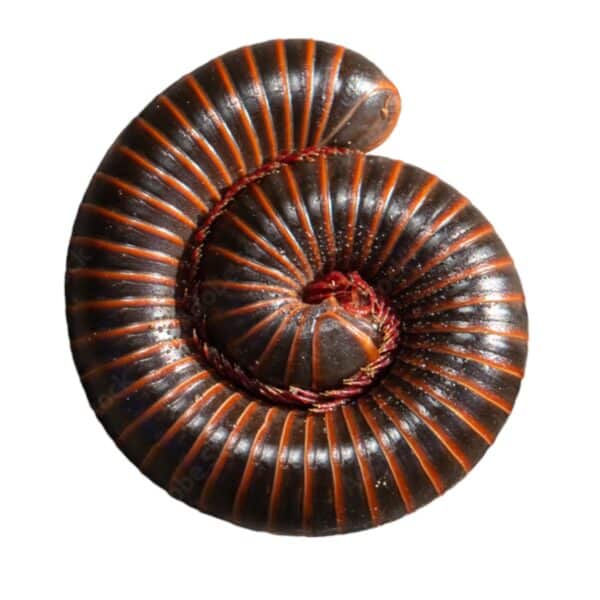Red Velvet Ant Care Sheet
Dasymutilla occidentalis
Introduction
Velvet ants are wingless insects that are found in tropical and subtropical regions around the world. They are also known as cowkillers or piranha ants due to their painful sting. Velvet ants are not actually ants, but they are related to wasps.
Care Requirements
Velvet ants require specific care in captivity. They require an ideal environment and diet, and they can be quite aggressive.
Enclosure
The enclosure for a velvet ant should be at least 12x12x12 inches in size. It should be made of a clear material so that you can easily see the ant and monitor its health. The enclosure should also have a secure lid to prevent the ant from escaping. Please note Velvet Ants cannot climb glass or plastic
Substrate
The substrate in the enclosure should be a mixture of sand and soil. The substrate should be kept moist, but not soggy. You can mist the substrate with water as needed to keep it moist.
Temperature and Humidity
The ideal temperature range for velvet ants is 70-80 degrees Fahrenheit. The humidity level should be around 60%. You can use a hygrometer to monitor the humidity level.
Food
Velvet ants feed on store-bought honey and insects. You can feed them a mixture of honey and water, or you can feed them small insects such as fruit flies. You should also provide them with a water source. For water use a small cup with sphagnum moss or a cotton ball to prevent drowning
Maintenance
The enclosure should be cleaned and misted with water every few days. You should also inspect the enclosure for any signs of mold or fungus.
Sting
The sting of a velvet ant is very painful. It is said to be more painful than a bee sting. If you are stung by a velvet ant, you should apply ice to the area and seek medical attention if necessary.
Additional Information
- Here are some additional tips for caring for velvet ants:
- Avoid handling velvet ants. If you must handle them, do so carefully and with gloves.
- Do not keep velvet ants with other insects. They may attack and sting other insects.
- Be aware of the signs of a velvet ant sting. These signs include pain, swelling, and redness.
- Here are some common problems that you may encounter with velvet ants:
- If the velvet ant is not eating, the food may not be suitable or the environment may not be right.
- If the velvet ant is dying, the environment may be too hot or too cold.




Reviews
There are no reviews yet.